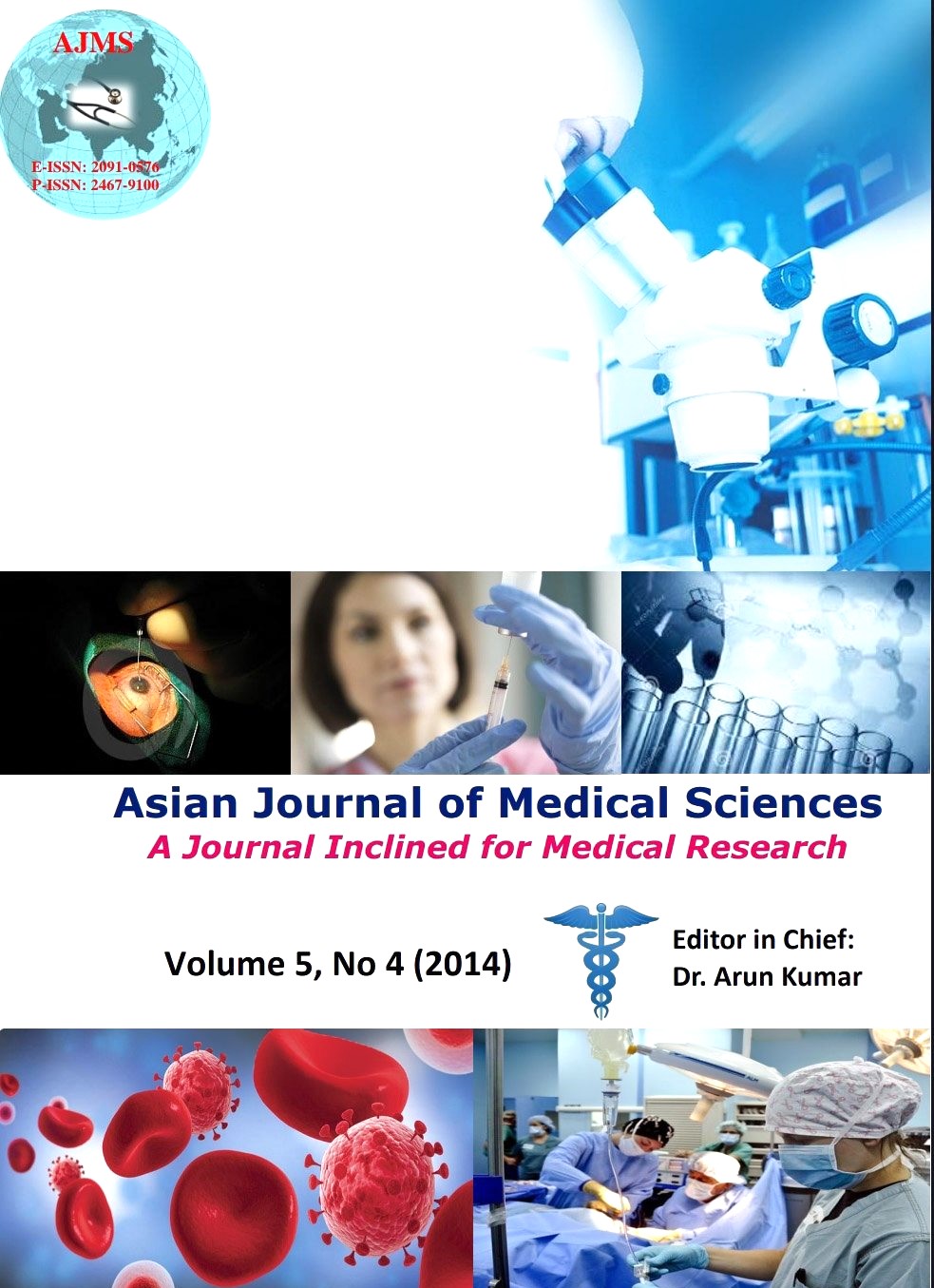Comparison of morphine and fentanyl in attenuation of Intra operative stress response under general anesthesia: A randomized double blinded study
Keywords:
Anesthesia, Fentanyl, Morphine, Stress response, surgery.Abstract
Background: This randomized double blinded study was done to compare the effect of intravenous morphine and fentanyl in attenuation of stress response during surgeries under general anesthesia in adults. The attenuation of stress response was analyzed with changes in serum cortisol and glucose levels one hour after induction of anesthesia.
Methods: Fifty consented healthy volunteers in age group 20-50, under ASA I and ASA II posted for elective surgery were included in the study. Two groups of 25 each, group M who received 0.2 mg/kg body weight of morphine and group F who received 2 microgram/kg body weight of fentanyl before anaesthetic induction were compared. The members of two groups were randomly allocated and double blinded using sealed envelope technique. Blood samples were collected for baseline glucose and cortisol in all the subjects. One hour after the administration of study drugs, which was given at the time of induction blood samples were collected for analysis of glucose and cortisol. The changes in blood glucose and serum cortisol levels were compared at the end of the study using independent samples ‘t’ test.
Results: There was no significant difference in blood sugar levels in both groups at the end of 1 hour. But there was significant increase in serum cortisol levels in group F compared to group M.
Conclusion: This study concludes that morphine is better than fentanyl in attenuation of Intraoperative stress by effectively controlling serum cortisol levels.
DOI: http://dx.doi.org/10.3126/ajms.v5i4.9796
Asian Journal of Medical Sciences 2014 Vol.5(4); 65-68
Downloads
Downloads
Additional Files
Published
How to Cite
Issue
Section
License
Authors who publish with this journal agree to the following terms:
- The journal holds copyright and publishes the work under a Creative Commons CC-BY-NC license that permits use, distribution and reprduction in any medium, provided the original work is properly cited and is not used for commercial purposes. The journal should be recognised as the original publisher of this work.
- Authors are able to enter into separate, additional contractual arrangements for the non-exclusive distribution of the journal's published version of the work (e.g., post it to an institutional repository or publish it in a book), with an acknowledgement of its initial publication in this journal.
- Authors are permitted and encouraged to post their work online (e.g., in institutional repositories or on their website) prior to and during the submission process, as it can lead to productive exchanges, as well as earlier and greater citation of published work (See The Effect of Open Access).




